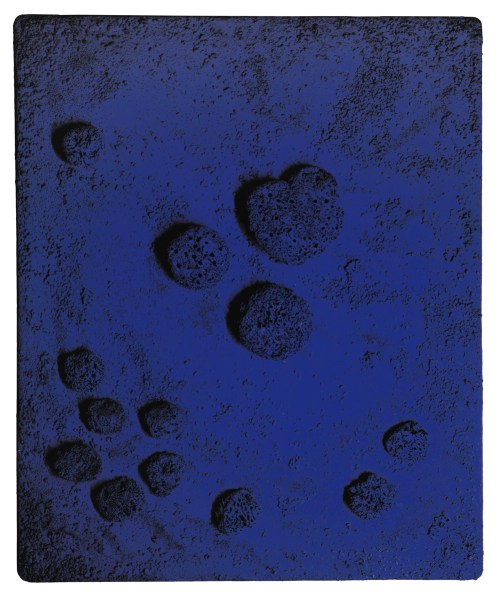Surface art refers to the creative practice of designing, decorating, or altering the outermost layer of an object, material, or architectural element. It focuses on the aesthetic, tactile, and sometimes functional qualities imparted to a surface through various techniques and mediums.
Core Aspects of Surface Art
- Aesthetic Enhancement: The primary goal is often to beautify or add visual interest to a surface.
- Material Transformation: It involves changing the perceived or actual nature of the base material's surface.
- Pattern and Texture: Repetition, motifs, and tactile qualities are frequently key components.
- Narrative and Symbolism: Surfaces can be used to convey stories, cultural meanings, or abstract concepts.
- Integration with Form: The surface design often works in conjunction with the underlying three-dimensional form.
Common Techniques and Applications
A wide array of methods are employed in surface art, varying by material and desired outcome:
- Painting & Illustration: Applying pigments directly to surfaces, from canvas to walls (murals) to objects.
- Printing: Techniques like screen printing, digital printing, block printing, and lithography to transfer designs onto textiles, paper, or other substrates.
- Textile Art: Includes dyeing (e.g., batik, shibori), weaving (where pattern is integral to surface), embroidery, appliqué, and quilting.
- Mosaic: Creating images or patterns using small, assembled pieces (tesserae) of stone, glass, or ceramic.
- Inlay and Marquetry: Setting contrasting materials into a base surface to form patterns or images.
- Etching and Engraving: Incising designs into hard surfaces like metal, glass, or stone.
- Digital Surface Design: Creating patterns, textures, and graphics using software for application across various media, from digital displays to printed products.
- Surface Finishing: Processes like glazing (ceramics), patination (metals), or lacquering that alter the surface's appearance and protective qualities.
Applications of surface art are extensive, found in:

- Fashion and Apparel: Fabric prints, embellishments, and textile treatments.
- Interior Design: Wallpapers, murals, floor patterns, decorative finishes on furniture, and upholstery.
- Product Design: Casing designs for electronics, packaging, decorative elements on housewares.
- Architecture: Façade treatments, decorative reliefs, stained glass, and interior wall finishes.
- Automotive and Transportation: Vehicle wraps, custom paint jobs, interior surface details.
Significance of Surface Art
Surface art is significant for its ability to transform the mundane into the expressive. It adds layers of meaning, enhances user experience through visual and tactile stimuli, and plays a crucial role in defining cultural aesthetics and personal identity. It bridges the gap between purely functional design and artistic expression, making art accessible and integrated into everyday life and specialized fields alike.





